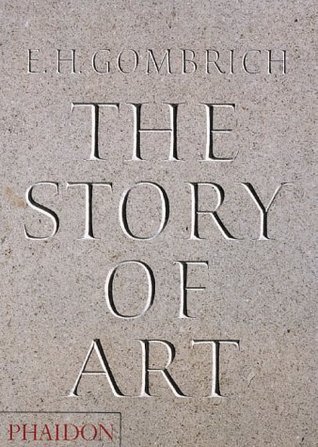
Let’s delve into The Story of Art by E. H. Gombrich, a captivating journey through the evolution of artistic expression. Here’s a concise summary, focusing on key elements:
Main Characters
The Story of Art by E. H. Gombrich doesn’t revolve around specific characters, as it’s more of a comprehensive survey of artistic achievements across time and cultures. Instead, the central figures are the artists themselves—the creators who shaped the course of art history. Their motivations vary: some sought immortality through their works, while others grappled with personal visions, societal norms, or spiritual quests.
Plot
The book doesn’t follow a traditional plot structure with characters and conflicts. Instead, it traces the development of art from prehistoric times to the modern era. Each chapter explores art within a specific time period and geographical context. We encounter ancient civilizations, classical Greece, Rome, Byzantium, the Islamic world, Europe, and beyond. The conflict lies in the tension between tradition and innovation, the struggle for self-expression, and the ever-changing artistic landscape.
Setting
The setting of The Story of Art by E. H. Gombrich spans continents and epochs. From the mysterious caves of prehistoric humans to the grand cathedrals of medieval Europe, the locations shape artistic styles, techniques, and themes. Whether it’s the serene beauty of ancient Greece or the vibrant colors of Renaissance Italy, the setting influences both artists and their creations. The book invites us to explore these diverse landscapes and understand how they impacted artistic production.
Themes
Several underlying ideas and messages emerge as we delve into art’s rich tapestry:
- Creativity and Innovation: Artists constantly push boundaries, experimenting with form, color, and composition. The tension between tradition and innovation drives artistic progress.
- Spirituality and Symbolism: Art often reflects religious beliefs, mythologies, and metaphysical concepts. From Egyptian tombs to Gothic cathedrals, spirituality weaves through the canvas.
- Human Condition: Art captures human experiences—joy, suffering, love, and longing. It becomes a mirror reflecting our collective psyche.
- Power and Politics: Art serves rulers, empires, and ideologies. It can be a tool of propaganda or a subversive act of resistance.
- Beauty and Aesthetics: The pursuit of beauty, harmony, and balance threads through art history. Whether in Renaissance paintings or minimalist sculptures, aesthetics matter.
Conclusion
The Story of Art by E. H. Gombrich invites us to see beyond individual brushstrokes and sculptures. It reveals the interconnectedness of cultures, the resilience of creativity, and the enduring impact of artistic expression. As we turn the pages, we glimpse humanity’s soul—a canvas painted with passion, struggle, and wonder.


